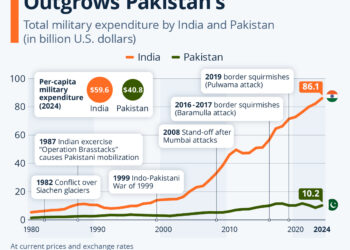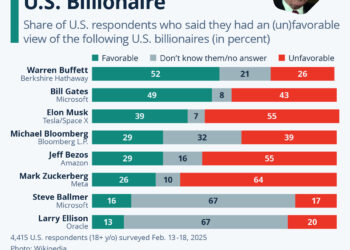Understanding Low-Wage Earners: Insights from OECD Data
The phenomenon of low-wage earners is a pressing issue in various economies around the globe. According to a detailed analysis conducted by the Organisation for Economic Co-operation and Development (OECD), a significant portion of wage earners in various nations are earning substantially less than the median full-time earnings. This blog delves into the statistics surrounding low-wage earners in select countries and highlights trends that emerge from this data.
The Landscape of Low Earnings in the UK and the US
The UK: A Closer Look
In the United Kingdom, the situation for low-wage earners is quite concerning. The OECD data indicates that 24.7% of wage earners earn less than two-thirds of the gross median pay. This substantial percentage signifies that nearly one in four workers in the UK struggles to attain a livable wage, leading to increased discussions regarding wage policies and economic inequality.
The United States: A Comparable Scenario
The United States presents a similarly alarming picture. With 22.7% of wage earners categorized as low-wage earners, the gap in earnings again raises questions about minimum wage laws and the economic conditions that perpetuate low earnings. The close similarity between the two nations in the percentage of low-wage earners suggests a shared challenge in addressing income inequality and ensuring fair compensation for workers.
Other Nations with Notable Low-Wage Statistics
Israel: An Emerging Economy Struggling with Wages
The data also highlights Israel as another nation grappling with low wage issues. While specific figures are not detailed, it is important to note that Israel’s high costs of living coupled with lower wages indicate a challenging economic environment for many workers. This scenario complicates the question of sustainable growth and equitable income distribution.
European Context: Poland and Germany
Turning to Europe, Poland and Germany also reveal significant figures regarding low-wage earners, with 18.5% and 16% respectively falling under this classification. The presence of low-wage earners in these countries illustrates that even within more developed economies, income disparities persist, hinting at the necessity for robust employment policies that uplift the financially vulnerable.
High-Wage Earners: A Parallel Discussion
Understanding High Pay in the UK and Israel
Interestingly, while discussing low wages, it is also vital to consider the landscape of high pay. In the UK, 26.4% of individuals are identified as high earners, sitting above the average. Israel follows closely with 24.0%, indicating that these nations have a notable share of high-income earners alongside the low-wage segment. This duality raises important questions about wealth distribution, economic mobility, and the structures that perpetuate disparities between the high and low wage earners.
Average OECD Trends: A Broader Perspective
On an average OECD scale, 21.9% of citizens are classified as high-wage earners, those making 1.5 times the median gross pay or higher. Meanwhile, 13.5% are considered low-income earners, again illustrating that a certain segment of labor markets struggles significantly when it comes to meeting standard living costs despite the presence of high wage earners.
Countries with Minimal Low-Wage Earners
France, Norway, and New Zealand: An Anomaly?
In contrast to the high percentages observed in other countries, France, Norway, and New Zealand present results in the single digits for low-wage earners. This data invites exploration into the wage structures, labor laws, and quality of life in these nations, as well as how their policies might serve as models for addressing low earnings elsewhere.
Denmark: A Unique Case
Oddly enough, Denmark exhibits a unique scenario among the nations surveyed. With 9.8% of workers categorized as low-wage earners and only 2.5% as high-wage earners, it becomes a point of interest in discussions about workers’ rights and fair pay. Such numbers could be a reflection of the country’s labor market policies, which are often viewed as progressive compared to other nations.






